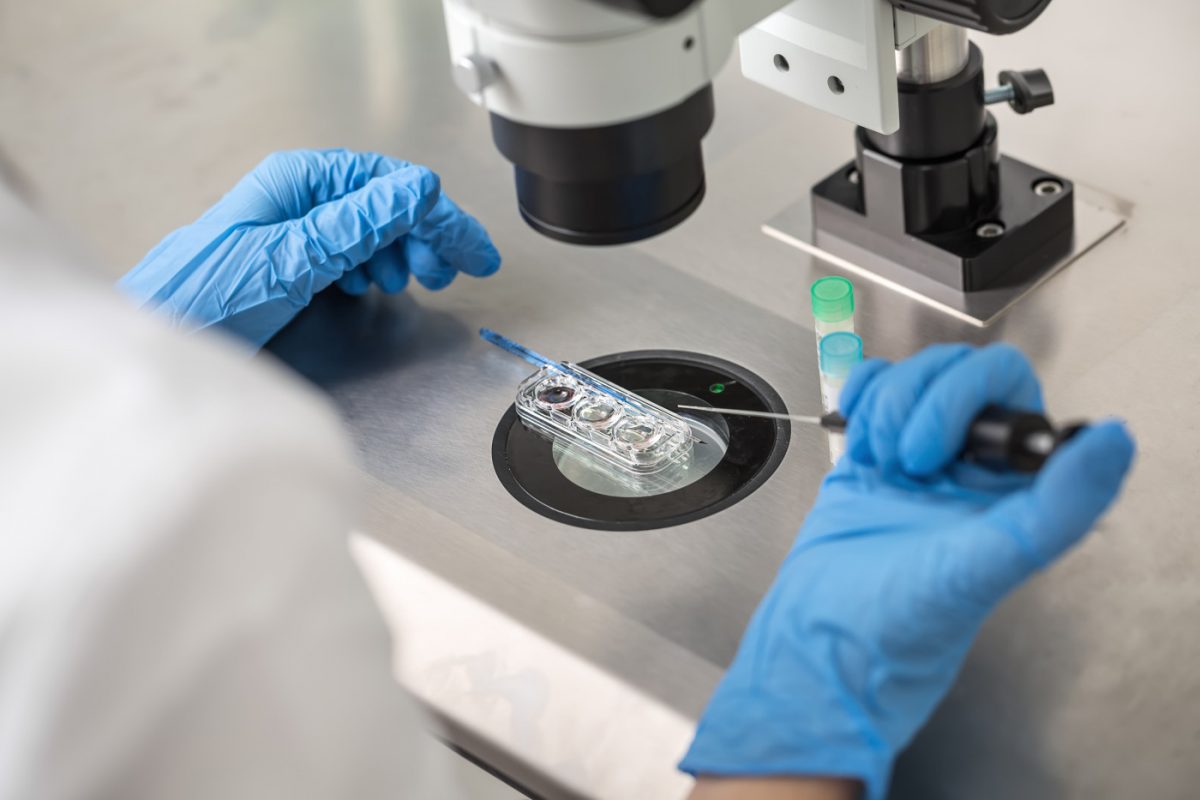Abdominal Fat Pad Biopsy Accurate at Diagnosing ATTR, Study Finds

Abdominal fat pad biopsy is an accurate diagnostic tool for patients with suspected hereditary transthyretin amyloidosis (ATTR), showing the greatest sensitivity in those with ATTR with polyneuropathy, also known as familial amyloid polyneuropathy (FAP).
Importantly, findings show, the procedure enables the determination of disease-causing mutation and amyloid type, both of which are related to disease development and patient outcome.
The study, “Abdominal fat pad biopsies exhibit good diagnostic accuracy in patients with suspected transthyretin amyloidosis,” was published in the Orphanet Journal of Rare Diseases.
Amyloidosis is the formation of insoluble protein deposits called amyloids that impair tissue function. ATTR is a form of amyloidosis caused by the buildup of the protein transthyretin (TTR). It can be either acquired and result from age-related protein destabilization, or hereditary, resulting from mutations in the TTR gene.
Amyloidosis is typically diagnosed by tissue biopsy and a specific staining that detects amyloid deposits. However, the ability of the method to diagnose ATTR from abdominal fat tissue has yet to be explored, particularly in patients with ATTR with cardiomyopathy (ATTR-CM).
Researchers in Sweden now sought to assess the accuracy of abdominal fat pad biopsies, in which a small part of abdominal wall fat is removed for laboratory study, as a means to diagnose patients suspected of having ATTR amyloidosis and to identify distinct types of amyloids.
“To the best of our knowledge, this is the first comprehensive evaluation of the accuracy of minimally invasive surgical fat pad biopsies for diagnosing systemic amyloidosis,” the investigators wrote.
The team examined data from 274 patients (61% male) who underwent abdominal fat pad biopsy at Umeå University Hospital in Sweden for suspected amyloidosis from 2006 to 2015.
A total of 132 patients were diagnosed with amyloidosis, with a median age of 63 at diagnosis, and a further 53 were determined to be asymptomatic carriers of a TTR mutation. The majority of diagnosed patients (93%) had hereditary ATTR.
Among the 123 hereditary ATTR patients — the only subgroup large enough for further analysis — 57% had type A amyloids, which are associated with late-onset, cardiomyopathy (heart muscle disease), and poor outcome following liver transplant, the first-line treatment for ATTR.
The abdominal fat biopsy was found to be quite accurate at diagnosing hereditary ATTR, showing a 99% specificity (1% false-positive) and 91% sensitivity (9% false-negative). In the entire 274 patient group, only one false-positive was reported’ that was in a 44-year-old man whose test later was determined to be contaminated.
Nine false-negatives were reported within three years of the initial biopsy. Of those, eight were late-onset (older than 50 years), seven were men, and five had ATTR-CM. Interestingly, no false-negatives were reported in female late-onset patients with ATTR-CM.
Among the 104 patients with hereditary ATTR, 94% showed signs of peripheral polyneuropathy (damage to peripheral nerves outside of the brain and spinal cord), and 55% had signs of cardiomyopathy. About 49% of patients had both.
The test had the highest sensitivity (91%) of the lowest false-negative rate, in patients with polyneuropathy alone and the lowest sensitivity (83%) among patients with cardiomyopathy alone.
The difference in test sensitivity in the latter subgroup, which included only six patients, was not significant. Moreover, no differences were observed in test accuracy across sex, time of onset, or amyloid type.
“Abdominal fat pad biopsies exhibit good diagnostic accuracy in patients with suspect [hereditary] ATTRv amyloidosis, including patients presenting with cardiomyopathy,” the researchers wrote.
“We therefore conclude that abdominal fat pad biopsies is a safe and reliable diagnostic tool in ATTRv amyloidosis that enables typing of the precursor protein and of the amyloid fibril type,” they added.






